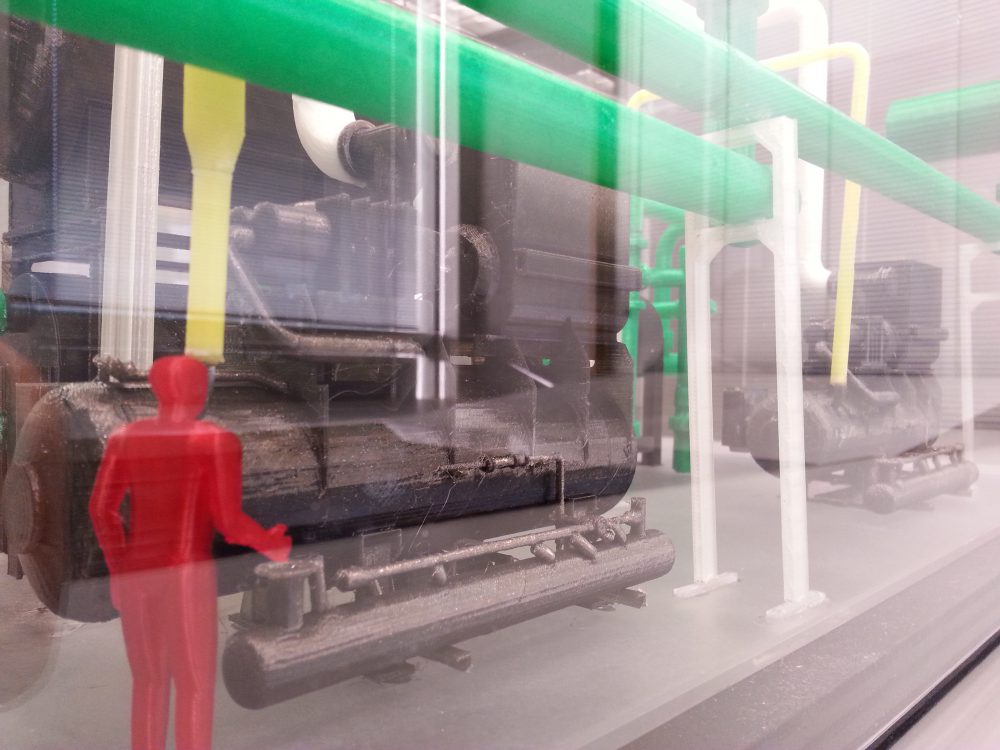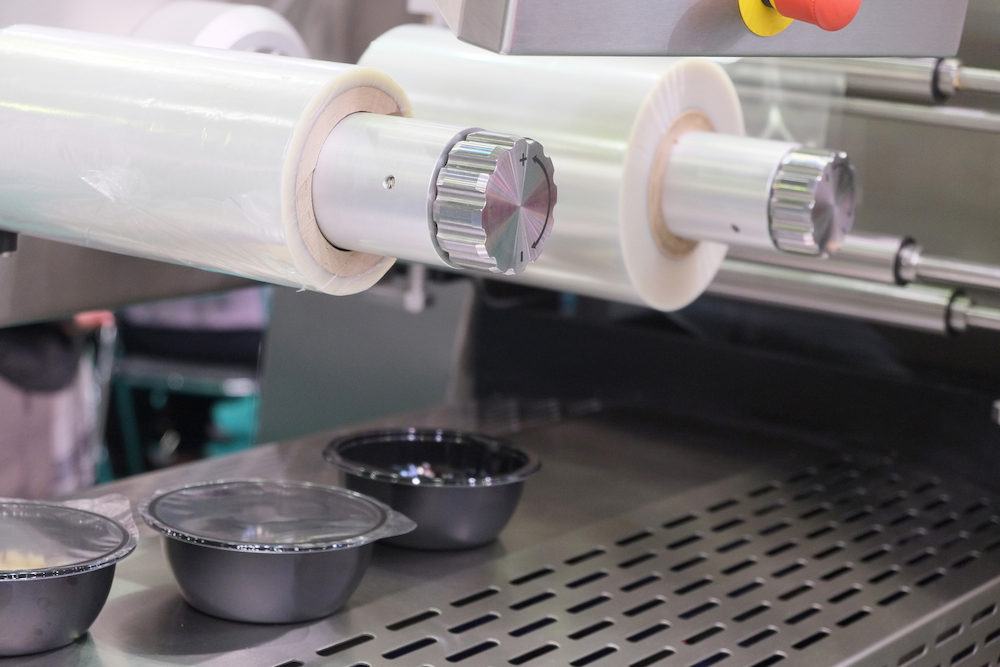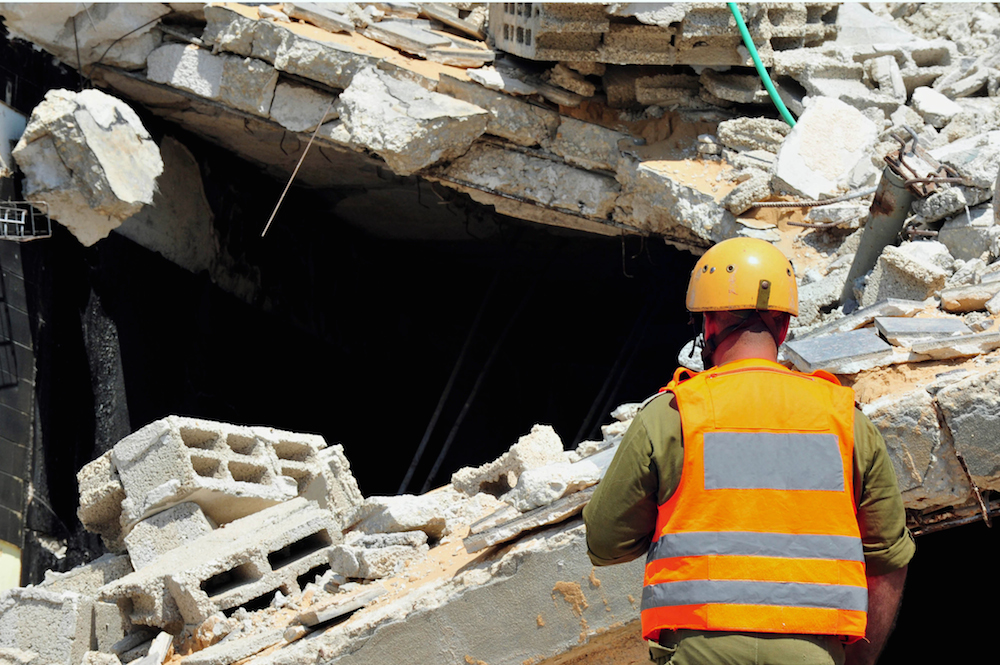3 Ways to Determine the Fitness of Your Refrigeration Compressor
Refrigeration screw compressors use axial thrust load bearings—and they have a life expectancy that will begin to fail over time. At one time or another, all food processors and beverage manufacturers will be in the market for a refrigeration compressor rebuild or replacement. Because the compressor and its bearings will deteriorate over time, staying on top of its performance is crucial to avoiding a catastrophic failure. Here are three methods that can help gauge your compressor’s fitness.
Continue Reading “3 Ways to Determine the Fitness of Your Refrigeration Compressor”












